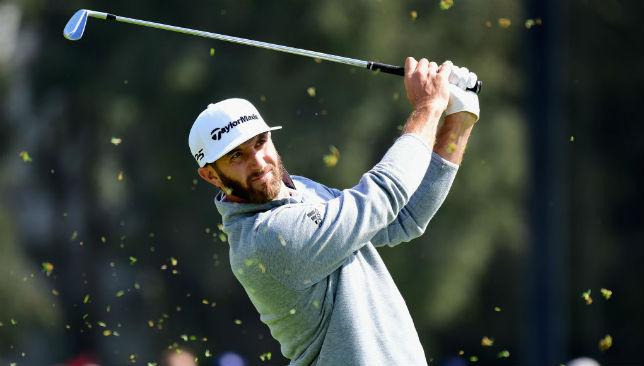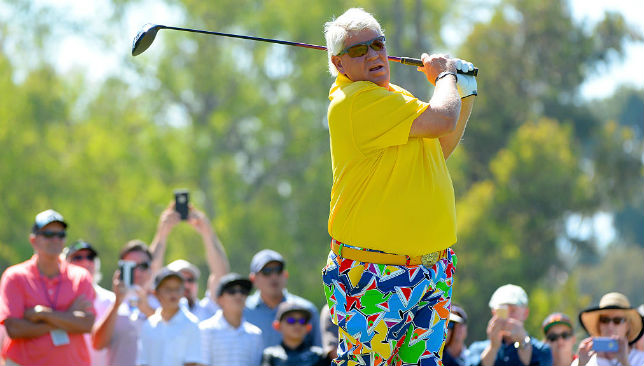
Life has come full circle for Dustin Johnson. Hailed as an incredible talent when he won on the PGA Tour in his very first season, the American faced ridicule when he took leave of absence from the Tour in 2014 to overcome some “personal challenges”.
But he came back in style, and Sunday’s win at the Genesis Open gave him something very few players can ever relate to – the right to be called No1 golfer in the world. That Johnson is a man of few words is well known.
He has still maintained a silence on what happened to him in 2014, something that many believe he needs to speak about so that there is no stigma attached to what is fast developing into one of the most successful careers in professional golf.
All kind of conjecture were made. Johnson was known to have drinking issues – he was even arrested for driving under the influence in 2009 – but there were whispers of drug abuse and sex scandals as well.
But DJ being DJ, he has mostly let his clubs do the talking. Ever since he won the US Open last year in Oakmont – a win that seems vital for him to shake the monkey off on his back of blowing it up when in contention in the majors – Johnson has been playing a different level of golf.
He has already won four times since June 2016, and despite the heroics of Hideki Matsuyama, Justin Thomas and Jordan Spieth this year, he has collected the most number of world ranking points.
He missed the cut at Torrey Pines during the Farmers Insurance Open, but he finished runnerup the week before in Abu Dhabi and then was third at Pebble Beach before winning the Genesis Open.
That has given him 120.80 points, with Thomas tallying 102.08 and Spieth 99.14. Johnson is known for making fast starts to his season and the Masters is still more than six weeks ago, but given the consistency he has shown lately, you would expect him to carry his form to Augusta National.
THE DISTANCE DEBATE
A report released last week by game’s governing bodies the R&A and the USGA is initiating a lot of heated discussion.
The research document examines driving distance data from seven of the major professional tours and concluded that between 2003 and the end of the 2016 season, the average driving distance on five of the seven tours increased by approximately 1.2 per cent, which is around 0.2 yards per year.
The distance travelled by the modern ball has been a massive talking point in golf. The general consensus seems to be that players are hitting the ball much further because of the technology used in both clubs, and the balls.
There is a fear that many of the classic golf courses have already been rendered obsolete, and that millions will have to be spent if the golf courses want to stay ahead of the distance game.
The governing bodies keep a very close eye on the technology being used by the original equipment manufacturers, and there are various limitation on what can be done with the clubs.

Longer than most: John Daly.
But they haven’t really done much about the balls, and are under lot of pressure to rein them in. However, this research shows the R&A and the USGA have been right all along. Just take the example of Dustin Johnson.
One of the longest hitters in the game, he averaged 309.7 yards in 2009, and that has increased to just 314.6 yards this year.
In 2003, Hank Keuhne was the longest driver on the PGA Tour at 321.4 yards, followed by John Daly at 314.3 yards.
In 2016, JB Holmes led the stat 314.4 yards, with Johnson second at 313.6. However, what has changed is the fact that in 2003, only nine players averaged more than 300 yards, but in 2016, 27 players were hitting past that mark.
So, it is quite clear that while the driving distances hasn’t increased significantly, the number of players who are hitting it long has. And one of the reasons many golf courses are yielding low scores is because the players are certainly hitting it a lot straighter.
The modern drivers are a lot more forgiving with mishits than the persimmon and wooden ones. Once you are on the fairway, making a birdie becomes a lot more easier compared to when you are in the thick stuff.